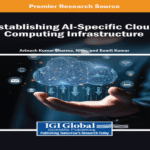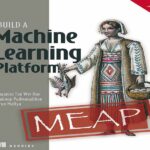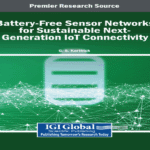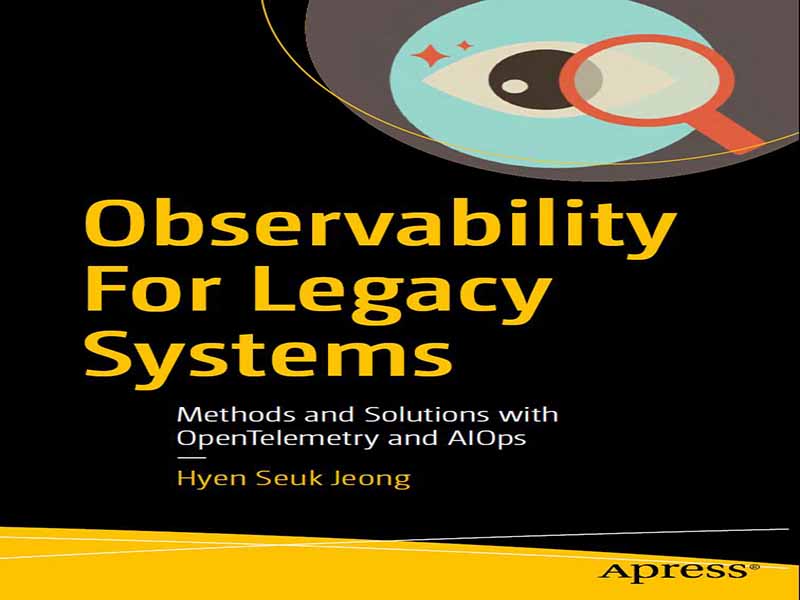- عنوان کتاب: Observability For Legacy Systems -Methods and Solutions with OpenTelemetry and AIOps
- نویسنده: Hyen Seuk Jeong
- حوزه: مانیتورینگ
- سال انتشار: 2025
- تعداد صفحه: 928
- زبان اصلی: انگلیسی
- نوع فایل: pdf
- حجم فایل: 15.8 مگابایت
نوشتن این کتاب یک چالش بود. صنایع بانکی و مخابراتی از نظر فنی محدود و از نظر انطباق و امنیت، سختگیر هستند. اجرای مجدد بسیاری از برنامههای قدیمی و تهیه نسخههای نمایشی از مدتها پیش یک چالش است. در ابتدا فکر میکردم که ردیابی E2E از نظر فنی امکانپذیر نیست، اما فرآیند حل آن فرصت بسیار خوبی برای یادگیری مهارتهای جدید فراهم کرد. من معتقدم که این کتاب برای کسی در موقعیتی مشابه من مفید خواهد بود. اگرچه قابلیت مشاهده به بلوغ رسیده و فناوریهای متنوعی در دسترس هستند، اما بسیاری از پروژههای قابلیت مشاهده و هوش مصنوعی هنوز با شکست مواجه میشوند. • صنایع بانکی و مخابراتی دارای فرآیندهای قدیمی، جعبه سیاه و پیچیده زیادی هستند که پیادهسازی قابلیت مشاهده E2E را برای آنها دشوار میکند. آنها اغلب هزینه زیادی میکنند، اما به نتایج مورد انتظار خود نمیرسند. • صنایع بانکی و مخابراتی از فناوری هوش مصنوعی برای پیکربندی تشخیص ناهنجاری و AIOps استفاده میکنند، اما نتایج نادرست و پر سر و صدا هستند و آنها را غیرعملی میکنند. • دادههای مورد نیاز برای عملیات فناوری اطلاعات، مفقود، شکسته یا فاقد روابط و ساختار هستند و تجزیه و تحلیل و خودکارسازی آن را غیرممکن میکنند. • کارهای غیرضروری زیادی برای عملیات فناوری اطلاعات وجود دارد، از جمله خطوط لوله داده غیرضروری، رابطهای API و برچسبگذاری دستی، و بدهی فنی همچنان در حال افزایش است. • عوامل هوش مصنوعی و RAG برای مشاهدهپذیری و عملیات فناوری اطلاعات به کار گرفته میشوند، اما هنوز هیچکس آنها را با موفقیت پیادهسازی نکرده است. اگر پروژه من شکست نخورده بود، فرصت انتشار این کتاب را نداشتم. با این حال، واقعیت این است که اکثر پروژهها به نتیجه نمیرسند. این کتاب توضیح میدهد که چگونه میتوان ردیابی پیچیده E2E را با موفقیت پیکربندی کرد، MTTR را به حداقل رساند، علت اصلی را در نانوثانیه تجزیه و تحلیل کرد و عملیات فناوری اطلاعات را با عوامل هوش مصنوعی و RAG خودکار کرد. • این کتاب با استفاده از OpenTelemetry و مشاهدهپذیری تجاری، دموهای متنوعی را ارائه میدهد. دموها روی Kubernetes اجرا میشوند تا درک بهتری از مشاهدهپذیری به خوانندگان ارائه دهند. • این کتاب محدودیتهای موجودیتهایی مانند منابع را توضیح میدهد و سرویسها و سیگنالها، مانند ردیابیها، رویدادها و گزارشها را پوشش میدهد. 14 همبستگی بین سیگنالها و موجودیتها را برای غلبه بر محدودیتها شرح میدهد. • این کتاب مدلهای داده مورد نیاز برای مشاهدهپذیری و عملیات فناوری اطلاعات، از جمله CMDB، را برای هدایت صرفهجویی در هزینهها و ایجاد عملیات فناوری اطلاعات موفق توضیح میدهد. • نزدیک به ۴۰ سیستم قدیمی، از جمله IBM CICS، SAP، Siebel و Tuxedo را تجزیه و تحلیل میکند و یک عامل OpenTelemetry و افزونهای برای اعمال ردیابی E2E توسعه میدهد. • با مرتبط کردن ۱۲ سیگنال، یک مدل داده برای تجزیه و تحلیل علت ریشهای طراحی میکند. تقریباً ۴۰۰ مورد خرابی را تجزیه و تحلیل میکند و از RAG برای تجزیه و تحلیل علل ریشهای با هوش مصنوعی استفاده میکند. • انتظار، تداخل، رقابت و اشباع در سطح نانوثانیه را در CPU، شبکه و هسته شناسایی میکند و به سرعت علت ریشهای را تجزیه و تحلیل میکند. همچنین ۵۰۰۰ محدوده (span) روی یک تراکنش واحد ایجاد میکند و آنها را در یک داشبورد تجسم میکند. ابزار دقیق بایتکد و روشهای مختلف ابزار دقیق هسته را شرح میدهد. • نحوه اعمال مشاهدهپذیری در فرآیندهای متنوع قدیمی و پیچیده و خودکارسازی عملیات با استفاده از عاملهای هوش مصنوعی و فناوری RAG را نشان میدهد.
Writing this book was a challenge. The banking and telecom industries are technically constrained and demanding in terms of compliance and security. Rerunning many legacy applications and preparing demos from long ago is a challenge. I initially thought that E2E trace would not be technically possible, but the process of solving it provided a great opportunity to learn new skills. I believe that this book will be helpful to someone in a position similar to mine. Although observability has matured and a variety of technologies are available, many observability and AI projects still fail. • The banking and telecom industries have a lot of legacy, black box, and complicated processes that make it difficult for them to implement E2E observability. They often spend a lot, yet don’t get the results they expect. • The banking and telecom industries use AI technology to configure anomaly detection and AIOps, but the results are inaccurate and noisy, making them impractical. • The data required for IT operations is missing, broken, or lacking relationships and structure, making it impossible to analyze and automate. • There is a lot of unnecessary work for IT operations, including unnecessary data pipelines, API interfaces, and manual tagging, and technical debt continues to grow. • AI agents and RAG are being applied to observability and IT operations, but no one has successfully implemented them yet. If my project hadn’t failed, I wouldn’t have had the opportunity to publish this book. However, the reality is that most projects don’t work out. This book explains how to successfully configure complex E2E trace, minimize MTTR, analyze root cause in nanoseconds, and automate IT operations with AI agents and RAG. • Using OpenTelemetry and commercial observability, the book provides a variety of demos. The demos run on Kubernetes to give readers a better understanding of observability. • This book explains the limitations of entities such as resources, and covers service and signals, such as traces, events, and logs. It describes 14 correlations between signals and entities to overcome limitations. • The book explains the data models needed for observability and IT operations, including CMDB, to guide cost savings and build successful IT operations. • It analyzes nearly 40 legacy systems, including IBM CICS, SAP, Siebel, and Tuxedo, and develops an OpenTelemetry agent and extension to apply E2E trace. • It designs a data model for root cause analysis by correlating 12 signals. It analyzes approximately 400 failure cases and uses RAG to analyze root causes with AI. • It identifies nanosecond-level waiting, interference, contention, and saturation in the CPU, network, and kernel, and quickly analyzes the root cause. It also creates 5,000 spans on a single transaction and visualizes them in a dashboard. It describes bytecode instrumentation and various kernel instrumentation methods. • It demonstrates how to apply observability to diverse legacy and complex processes and automate operations using the AI agents and RAG technology.
این کتاب را میتوانید از لینک زیر بصورت رایگان دانلود کنید:
Download: Observability For Legacy Systems



































نظرات کاربران